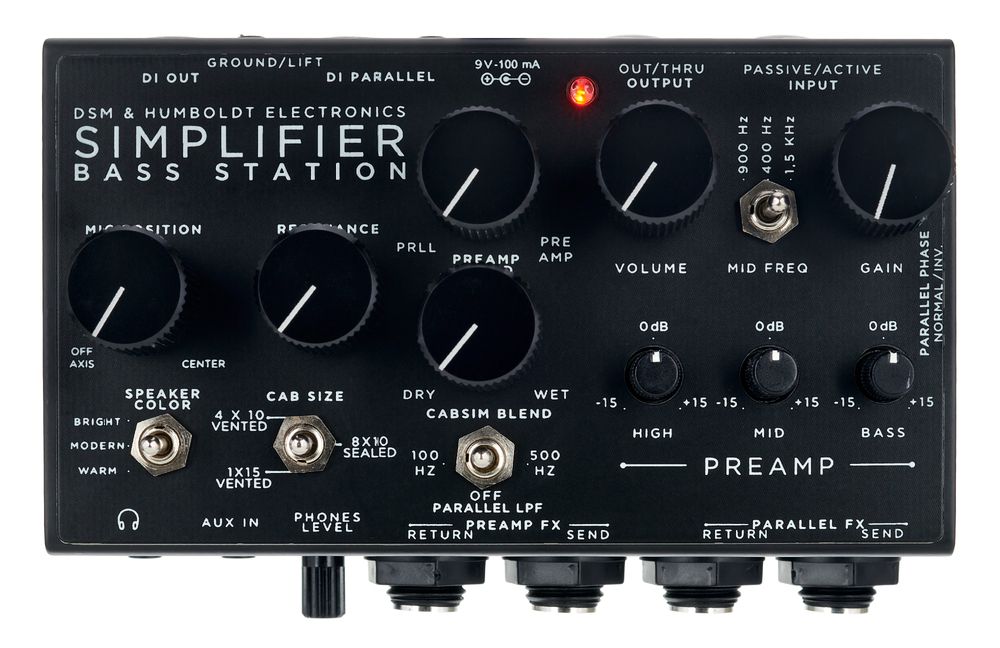5. Front End
If you're planning to amp up your board using a vocal system, you should definitely consider the monitoring aspect. Without proper monitor speakers, you'll feel a bit left out on stage—and not just when the rest of the band cranks their amps up to the max. Even with your own system in a small club, it's essential to ensure that at least you and the drummer get a good audio feed. As an alternative to monitor speakers, an In-Ear Monitoring System can also work wonders here. It's not that expensive and... looks cool too! (For more details, check out our online guide on "In-Ear Systems.")
But don't worry: Any decently equipped fixed club system and, of course, any respectable P.A. rental service will have the necessary monitoring options available.
Yet, this all comes with massive advantages: For instance, bass multi-effect boards can make gigs way more comfortable. There's less to carry, the wiring is done super quickly and stress-free, and you don't need mics or separate D.I. boxes to feed the amp signal into the console—they offer perfectly balanced signals tailored to the performance, including speaker simulation and effects. So, you can be sure that the sounds reaching the audience match exactly what you planned in the rehearsal space.
Used as the front end of a sufficiently powerful bass amp, you don't need to worry about monitoring—everything stays as usual! For an optimal collaboration between the effect unit and the amp, start with the amp set to a neutral setting. This means: If you're using an amp with a separate volume or gain knob, peg it down low enough to keep the amp sound absolutely clean. In this setup, the multi-effect board produces the actual sound—along with the tonal characteristics of different amp models (for modeling boards). The bass amplifier's job here is just to amplify! Consequently, the amp's EQ should also be set as "Neutral" as possible. Moreover, it might be better to turn off the speaker simulation on the board—since that's what the amp's speaker is for. Experimentation is encouraged in this case.
Then there's the issue of capturing the amp signal. Traditionally, you could use a microphone. Depending on your amp's setup, you might also have options to grab a suitable D.I./Line signal from the amp.

DSM & Humboldt Simplifier Bass Amp/Cab Simulator
For those who don't want to fuss over monitoring, combining their preamp with a powerful bass amp and suitable speakers creates a powerful and entirely independent setup.
All that's described applies to using bass multi-effects in desktop and rack formats as well as multi-effect boards!
To optimally utilize the devices' capabilities live, consider using a compatible footswitch. Information on this topic (such as supported functions) can be found in the manuals of the products in question. You can download them from the manufacturers' websites.
If the device supports MIDI, an alternative to the standard footswitch is controlling the switching functions (and more) using a compatible MIDI board (e.g., Behringer FCB 1010). Again, the manufacturer websites and user manuals can help. Well-equipped MIDI boards aren't as expensive as they used to be—check our shop for more info!



